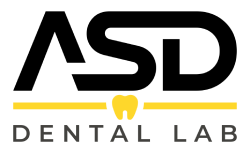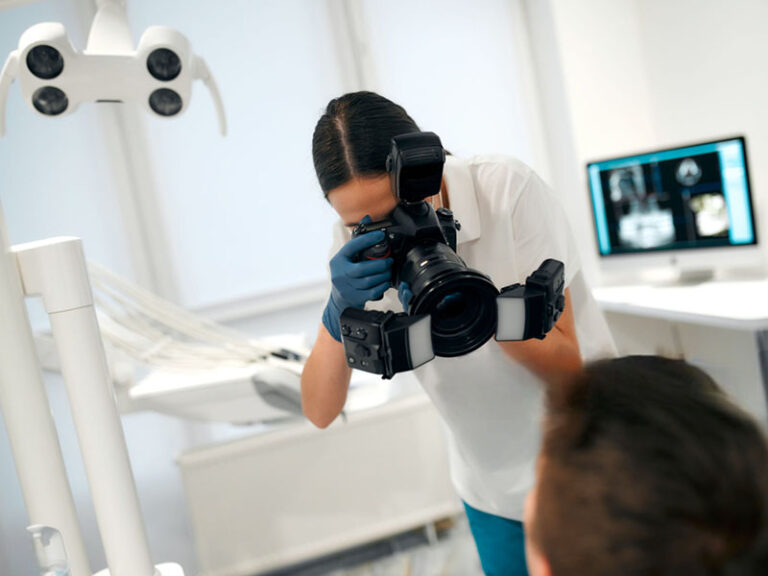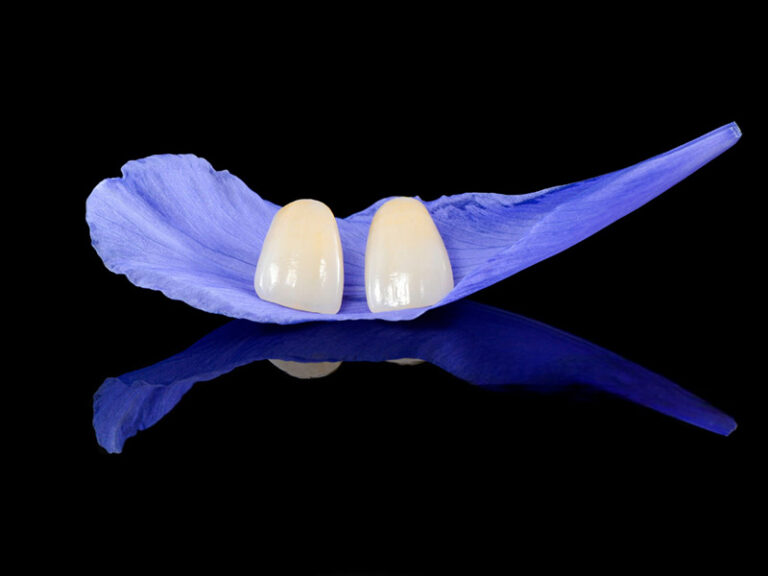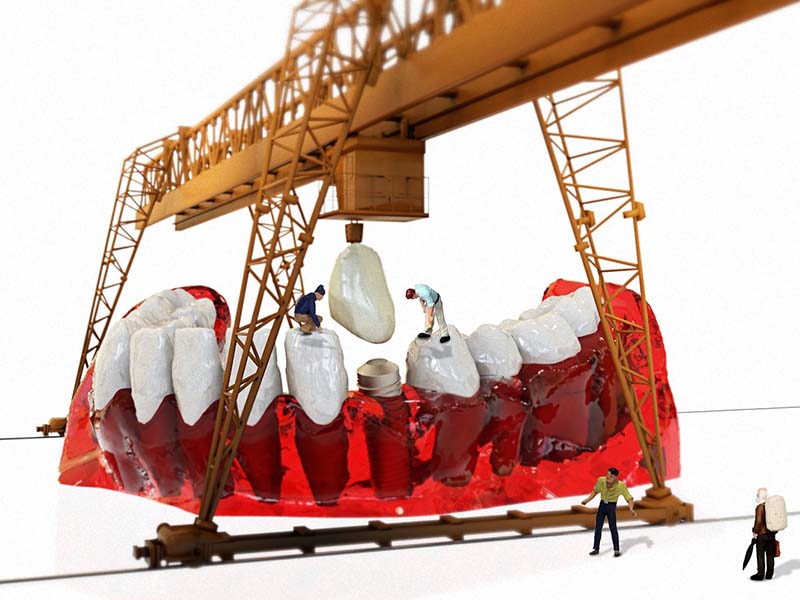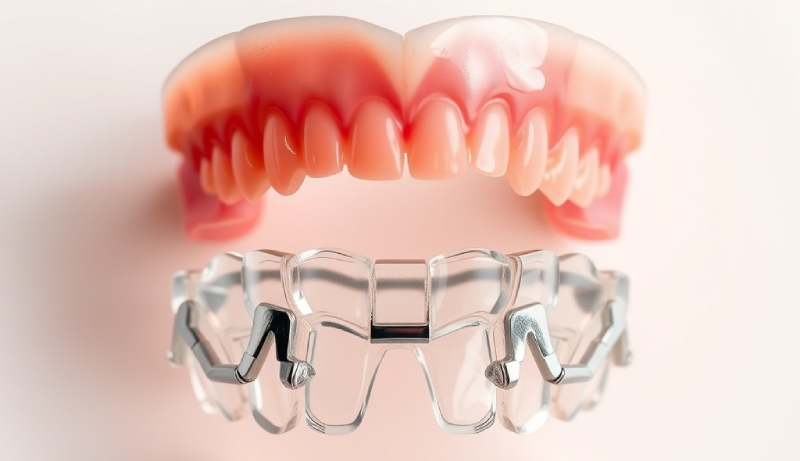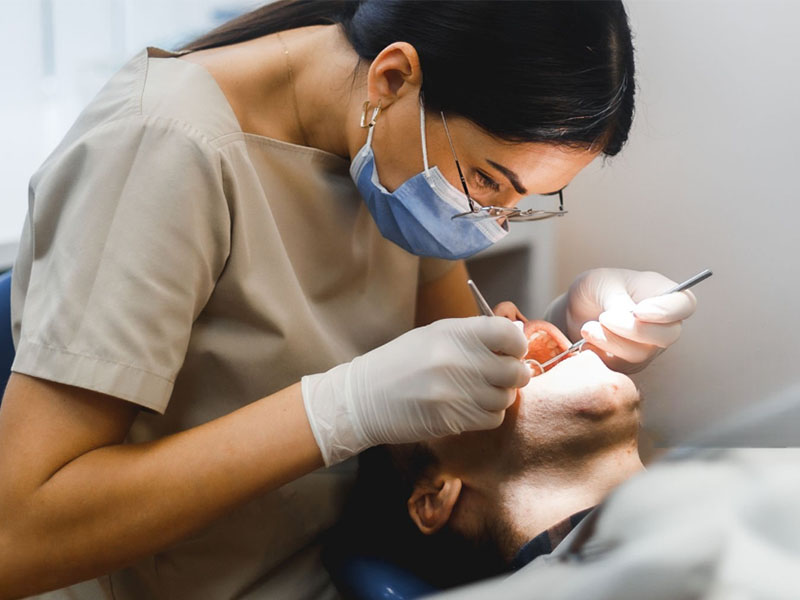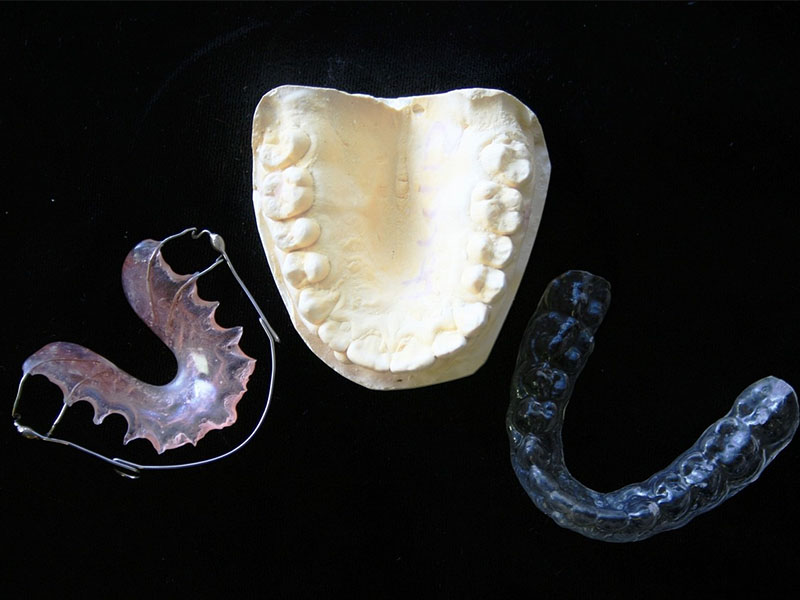
The Truth Behind Braces vs. Invisalign: An MD’s Honest Guide
Ever find yourself hiding your smile in photos or wishing eating was a little easier? If so, you’re probably facing one of the trickiest questions in today’s dental world: Braces or Invisalign, which is actually better? Maybe you’ve seen lots of ads or scrolled through “before and after” pictures for hours. With all the buzz out there, you can’t help but wonder: “What’s the REAL story? Is one really better—or is it just good marketing?”
You deserve real answers based on science, not just some sales pitch. Let’s sort through the mess together—so you can pick what’s right for you.
Table of Contents
The Real Reason Choosing Between Braces and Invisalign Feels So Hard
Don’t feel bad if you’re confused. Ads talk about “invisible” fixes or scare us with “more pain, more metal.” Once you look closer, you’ll see there’s no perfect answer for everyone. The truth is, you’re really asking: What’s right for my teeth, my life, and me?
Here’s why this is a tough call:
- Selling vs. Real Help: Invisalign says it can fix everything—but some problems still need the old-school stuff.
- Lots of Bad Info: Maybe someone told you “Braces are just for kids” or “Invisalign fixes any problem.” Let’s get clear on that.
- Big Choices, Big Money: This isn’t like getting a haircut—it usually costs thousands and can take years.
- You Want the Truth: No “top 10” list—just straight facts from people who actually fix teeth for a living.
Let’s break it down, one thing at a time.
How Braces Work—What’s True and What’s Not
The Simple Way They Work
Braces work just like a steady push on a fence post, making your teeth line up straighter over time.
Here’s what’s going on:
- Brackets: Those tiny squares glued to your teeth—they’re like anchors.
- Wires: These slide through the brackets and guide your teeth where they need to go.
- Rubber Bands: Sometimes used to pull things in the right direction.
- Types: You can pick from metal, white ceramic, or “invisible” ones that go behind your teeth.
Why people still pick braces:
- Great for Complicated Problems: Really crowded teeth or a “bad bite”? Braces do it all.
- Always Working: You can’t forget to put them in. They’re always helping.
- Often Cheaper for Tough Jobs: If you need a lot of work, regular braces might save you money.
Clearing Up Some Myths
- “Braces are just for kids.” Not true. More adults get braces now than ever—1 in 4 braces-wearers is over 18.
- “Braces hurt all the time.” You’ll feel some pressure after they get tightened, but it doesn’t last.
- “You can’t eat anything!” You do avoid sticky or hard foods, but you learn to work around it. Most of the rules are just while you’re wearing them.
The Trickier Parts
- Cleaning: Food gets stuck easier. You’ll need little brushes and maybe a rinse bottle.
- Looks: Some people don’t like the “metal mouth” look, especially for special events or at work.
- Irritation: Sometimes your lips or cheeks get sore at first. Wax helps, but you’ll get used to it.
Invisalign: The Real Deal (and the Common Myths)
The Simple Way It Works
Think of Invisalign as clear, plastic covers for your teeth. These trays fit perfectly and gently push your teeth into place.
Here’s what the process is like:
- Digital Scans: The dentist uses a scanner (like a magic wand for your mouth) to get a perfect picture.
- Computer Planning: Special software plots each tiny move your teeth need to make.
- Trays: You get a bunch of trays, swapping them every week or two as your teeth move.
- Small Dots: Sometimes, little bumps—close to your tooth color—are put on your teeth to help them shift.
Why people love Invisalign:
- Hardly Noticeable: Most people can’t even tell you’re wearing them.
- Comes Out: Eat what you want, brush easily, no tools needed.
- More Comfortable: Smooth sides mean less poking.
Some Misunderstandings
- “Invisalign fixes everything braces do.” Not always. Big bite problems or really twisted teeth sometimes need braces.
- “You can just pop them out when you want.” The catch: You must wear them 20–22 hours a day. Take them out too much and you slow everything down.
- “No pain at all!” You’ll feel tightness when you switch trays, but it fades soon.
Real-World Challenges
- Self-Control: If you forget things a lot, or don’t like routines, trays can get lost or left out.
- Extra Stuff: Tougher problems sometimes mean you need those “bumps” or even rubber bands.
- Can Cost More for Harder Fixes: Simple fixes cost about the same as braces, but tricky problems can get expensive—sometimes you even need both at once.
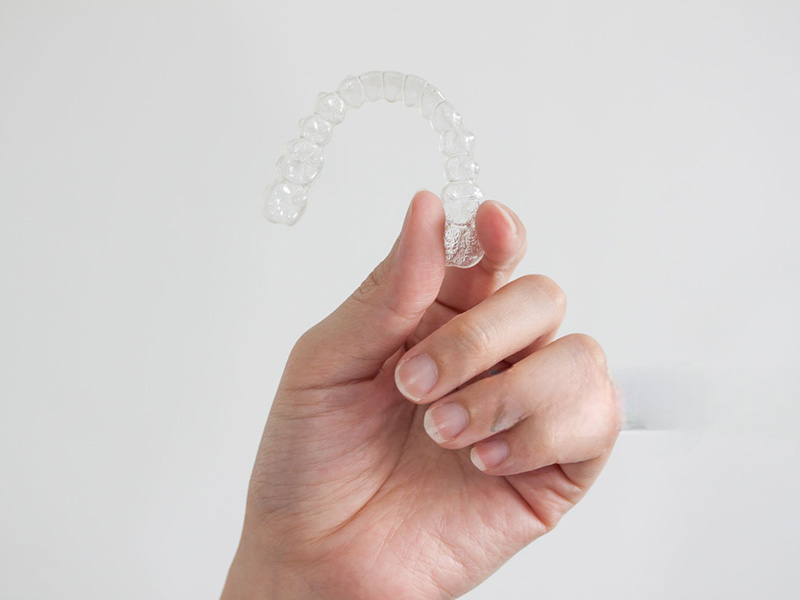
Braces vs. Invisalign: What the Facts and Dentists Say
What Each One Does Best
| Problem To Fix | Braces Work Well | Invisalign Works Well |
|---|---|---|
| Bad crowding | ✅ | Sometimes, small fixes |
| Serious bite problems | ✅ | Might need both methods |
| Small gaps or turns | ✅ | ✅ |
| Just want to look better | Try clear/hidden ones | ✅ |
- Braces: Handle almost any problem, even big jaw or bite issues.
- Invisalign: Great for simple to medium cases, and getting better every year.
Cost
- Metal Braces: $3,000–$7,000
- Ceramic or Hidden Braces: $4,000–$8,000+
- Invisalign: $3,500–$8,500
Notice that prices are pretty close, but can go higher if your case is tricky or you want the invisible stuff. Be careful with deals that seem too cheap to be real!
How Long Does It Take?
- Braces: 18–36 months, depending on the problem and if you go to every appointment.
- Invisalign: 12–24 months if you wear the trays all day. Less time wearing trays = longer treatment.
Following the Rules
- Braces: You can’t forget them. They’re always working.
- Invisalign: It’s on you. If you don’t wear them, they don’t work.
Comfort, Cleaning, and Health
- Braces: Some soreness; harder to clean (need special floss or water sprays).
- Invisalign: Easier to brush and floss; but trays can get stinky if you don’t clean them.
Food and Social Life
- Braces: Stay away from very chewy, sticky, or hard foods. Some adults don’t want a “metal smile” at work.
- Invisalign: Take trays out and eat whatever you want. But you must brush before putting trays back in, or you could get stains or cavities.
After Treatment
- Both: You need to wear a retainer. If you don’t, teeth can shift back—about half of people who skip retainers see things move out of place again.
How Happy Are People With the Results?
- Braces: Most people are satisfied, especially if their teeth were really bad to start.
- Invisalign: Really high satisfaction, especially if you hated the “braces look” or liked the easy care.
The Science Says
- American Association of Orthodontists (AAO): Both work when used right. Success depends more on how well you follow the rules, and if the problem matches the product.
- Market Research: Invisalign and other clear trays keep getting more popular—mostly because people like how they look and how easy they are.
Your Smile, Your Pick: How an MD Would Help You Decide
Step One: Know Yourself
To really pick well, be honest:
- Are you fixing a small gap or a big bite problem?
- Are you good at sticking to routines?
- Do you care a lot about looks, or do you not mind braces?
- Is cost the main thing, or do you need flexibility?
Your answers point you to your best match.
Step Two: Your Dentist or Orthodontist Is Your Friend
Don’t try to pick your fix alone, or just order trays online. A good orthodontist doesn’t just sell you something—they measure, check your bite, and plan everything so your new smile actually stays put. They spot things most people miss, like sneaky jaw or gum problems.
- Why Training Matters: Board-certified experts did extra years of learning just for this.
- Personal Plans: Your mouth is unique. The best treatment fits YOU, not everyone.
Who Should Pick What?
Braces Are Best For:
- Really crowded or twisted teeth, jaw issues, or tough problems.
- People who don’t want to keep track of trays or worry about forgetting.
- Those wanting the lowest price for big fixes.
Invisalign Is Best For:
- Simple to medium problems.
- Teens, adults, or those worried about appearance.
- People who will actually wear trays for 20–22 hours a day, every day.
Quick self-check: If you skipped your retainer as a kid, think twice before going for trays that you’ll have to wear all the time now!
Don’t Forget Retainers—Why They’re the Most Important
Here’s the hard truth: No matter what got your teeth straight, a retainer keeps them that way. Think of braces or trays as building a nice house. The retainer is the thing that keeps your house from falling down.
- Types: Remove-at-night ones (easy to clean) or a wire glued behind your front teeth (“permanent”).
- How long? Well, really forever. At least every night for the first year, then however your dentist tells you.
Almost half of people who skip their retainer see things get crooked again in five years!
The Bottom Line—What to Do Next
Key things you need to know:
- Both braces and Invisalign work—if you’re a good match.
- Cost, time, and how much it hurts are pretty similar most of the time—pick what fits your needs, not an ad.
- Talk to a real orthodontist; don’t trust Instagram or just online “virtual” offices.
- What you do matters as much as which tool you use.
What to Do:
- List what you want. Is it about looks, fixing a bite, or confidence?
- Book a real appointment. Bring your questions! A real checkup is the only way to get the answer that fits you.
- Ask about retainers. Make sure you know how to keep your results.
- Take care of your teeth. Whether you use braces, trays, or neither—a healthy mouth is always worth the effort.
- Learn more. The more you know, the better your smile will be.
Fast Recap—What You Learned Today
- Braces: Best for tough cases. Noticeable, a bit more rules, but proven to work.
- Invisalign: Nearly invisible, pretty comfortable, comes out. Best for easy or medium cases, but you must be responsible!
- Costs and times are close, unless your case is complicated.
- Both need retainers—teeth move back without them.
- Only a real orthodontist knows what’s best for your teeth.
Frequently Asked Questions
Is Invisalign really worth it? If you want clear, removable trays, and your problem fits—yes! If you need a lot of work, you might pay more and not get what you want.
Can adults get braces? Sure can. Healthy teeth move at any age.
How do I clean my teeth with braces? Try tools like water sprays or little brushes. Floss every day, and ask your dentist for tips.
What happens if I skip wearing my retainer? Teeth can go crooked again—even after years of work. Don’t risk it!
Sources & Medical Review
A real orthodontist checked this information. Details match with the American Association of Orthodontists (AAO) and real research.
If you’re ready to start taking care of your teeth, don’t wait. Bring this guide to your next orthodontic visit—real answers always start with asking the right questions.
Ready to get started? Book a visit with a certified orthodontist near you—bring your questions, and find out what’s best for your one-of-a-kind smile!
Want more honest answers about dental care? Check out our expert guides—your smile deserves it!
